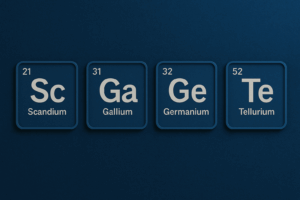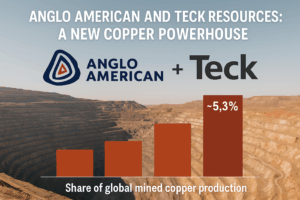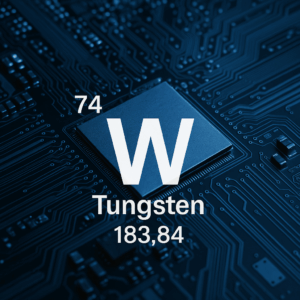The antimony market is at a pivotal moment. Despite a clear glut of ingots flooding the market, benchmark prices such as those published by FastMarkets have shown little movement. But the current disconnect between China — where prices have stabilized at $20,000–$22,000 per tonne — and the rest of the world is unsustainable. A correction is inevitable.
The Rise and Fall of Regional Smelters
When SPMP’s operations in Oman faltered, new smelters in Cambodia and Vietnam seized the opportunity. Initially, they enjoyed a period of exceptional profitability, selling antimony ingots at prices exceeding $60,000/MT during the supply squeeze.
That window, however, has firmly closed. With additional capacity ramping up in South Africa and the broader market now flush with metal, what was once a lucrative trade has turned into a liquidity trap. Smelters and traders are sitting on inventory they can’t move, often offering below benchmark just to generate turnover.
The fact that benchmark agencies haven’t fully reflected this situation highlights how divorced reported prices are from the physical market reality. FastMarkets is still calling the price at 50,500- down from its recent highs but nowhere near what producers are achieving.
China Sets the Pace
In China, antimony ingot prices have been steady at around $20,000–$22,000/MT for some time now, reflecting a more balanced domestic market where supply and demand fundamentals are better aligned.
It is unrealistic to expect this price gap between China and the rest of the world to persist indefinitely. The forces of trade arbitrage, freight normalization, and price transparency will inevitably force convergence. Once that happens, international prices — currently inflated by inertia and speculative holding — will have to adjust downward to Chinese levels.
The Trump–Xi Trade Wildcard
The upcoming Trump visit to China adds an unpredictable layer. Antimony, classified as a critical mineral for defense and battery production, could easily feature in the discussions. Trump has warned that China could pay a tariffs of up to 155% if a deal is not reached by 1 November.
It’s conceivable that Trump might request strategic supply access, and Xi could include antimony and other critical minerals as part of a larger trade compromise. Such a deal would reinforce China’s dominance in the market and potentially accelerate price alignment by redirecting trade flows.
End Users Sitting Tight
European end-users — typically large consumers of refined antimony ingots — have mostly stepped back. Many report being covered for the next few months and prefer to wait and see how the market stabilizes before committing to new contracts.
This hesitation is contributing to the lack of liquidity, as metal continues to accumulate in warehouses, deepening the overhang.
Concentrate Market Disarray
Meanwhile, the concentrate and ore segment remains chaotic and inconsistent.
- A 50% Sb concentrate no longer commands 50% payables, a distortion that’s persisted for at least nine months.
- Some sellers still manage over $9,000/MT for 40% concentrate, while others are offloading higher grades at half that price.
These inconsistencies highlight a market struggling to find equilibrium — with pricing mechanisms completely decoupled from the realities of downstream metal trade.
Where Prices Are Headed
To restore balance, something must give. Either concentrate prices fall sharply, or ingot prices must realign downward. My base case is the latter.
By the end of the year, I expect international ingot prices to converge further toward the Chinese level. Meanwhile prices are currently fetching around $44,000-49000/MT and we believe it could fall to around 38,000-40,000/MT depending on current stock levels and whether the US and China reach some kind of critical mineral deal.
From a trading standpoint, the risk–reward is clear:
- Upside: perhaps $1,000/MT, but more likely zero.
- Downside: as much as 50%.
- Exposure: a 1,000 MT position equates to $50 million — an enormous risk for minimal potential gain.
In this environment, very few players will have the appetite to step in.
Conclusion
The antimony market’s imbalance is now structural — oversupply in metal, inconsistent concentrate pricing, and muted demand from end users. The brief post-SPMP boom in Cambodia and Vietnam is over, and reality is catching up fast.
With China holding steady at $20,000–$22,000/MT, global prices have only one way to go if the market is to normalize. Unless a geopolitical shock or large-scale buying program emerges, I believe antimony ingot prices will settle in the $38000-40,000 range by year-end, bringing long-overdue equilibrium to a market that’s been running on fumes.





